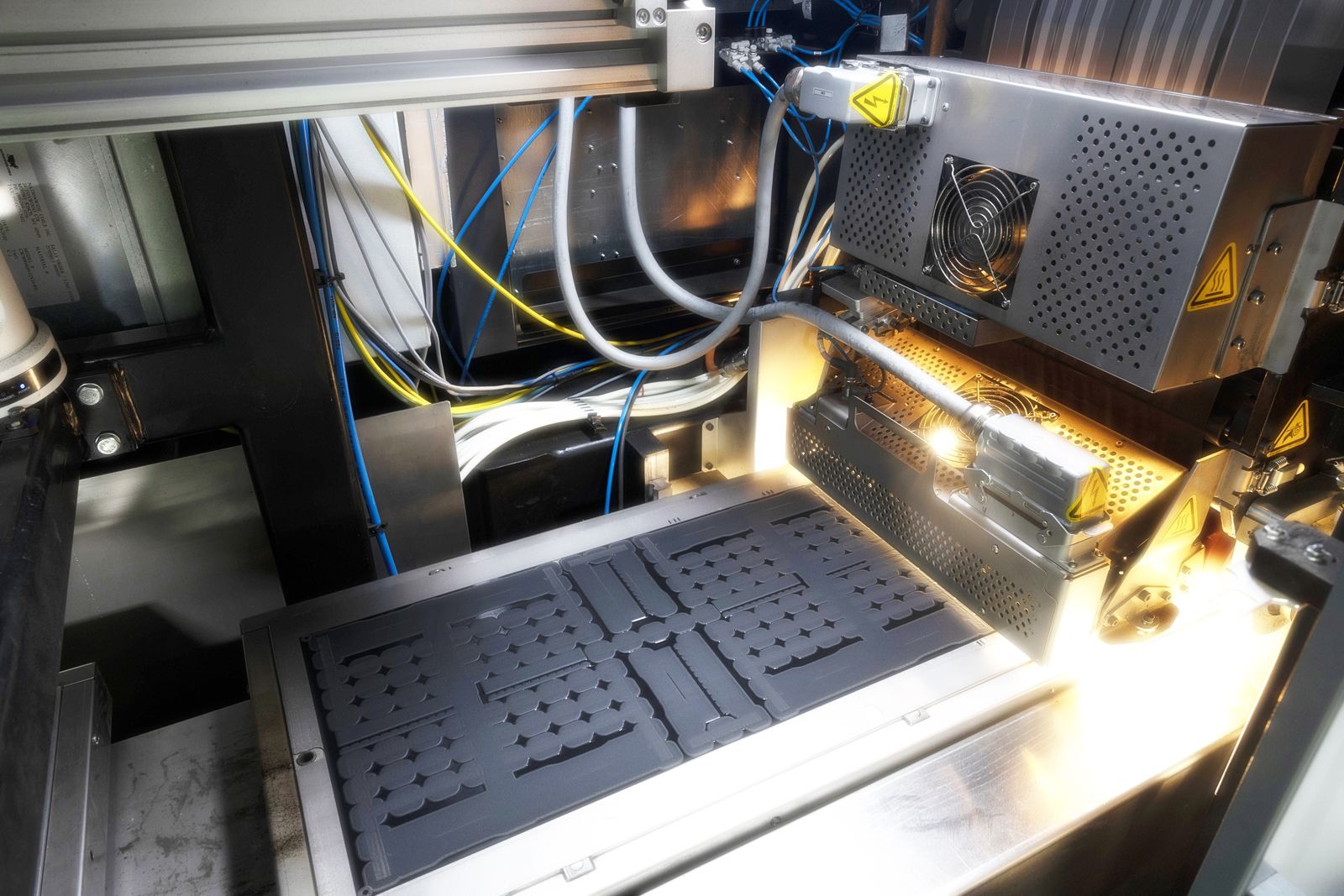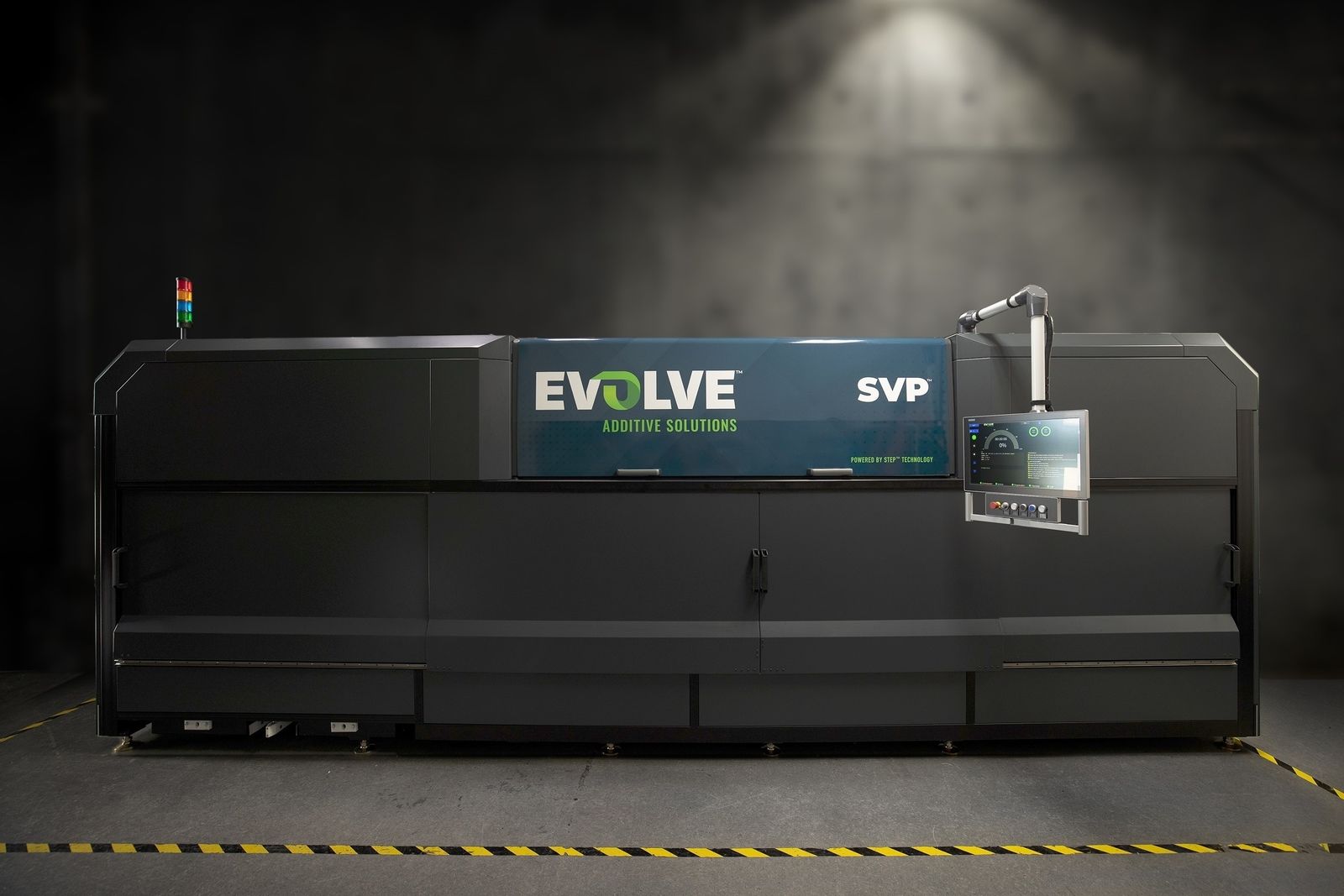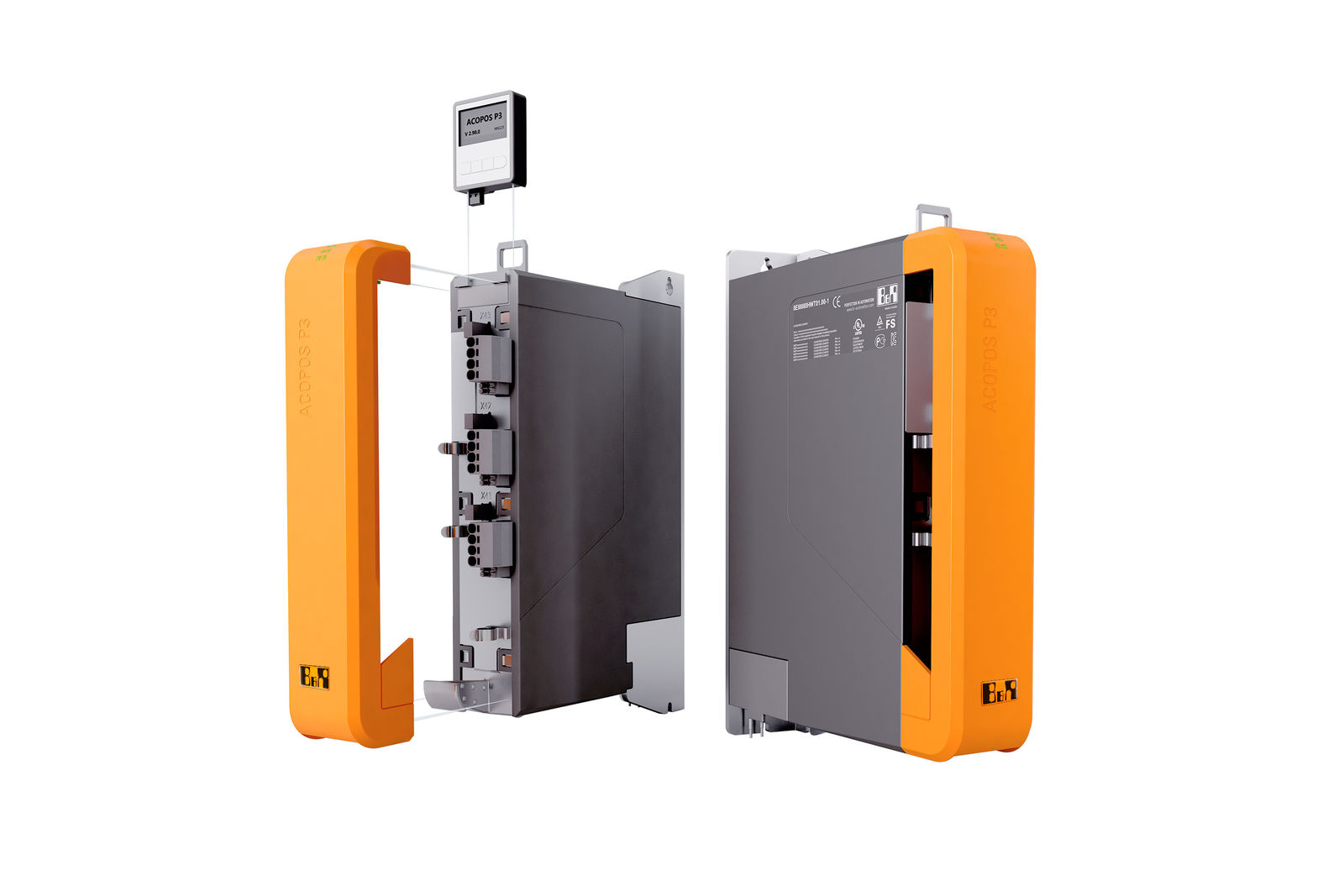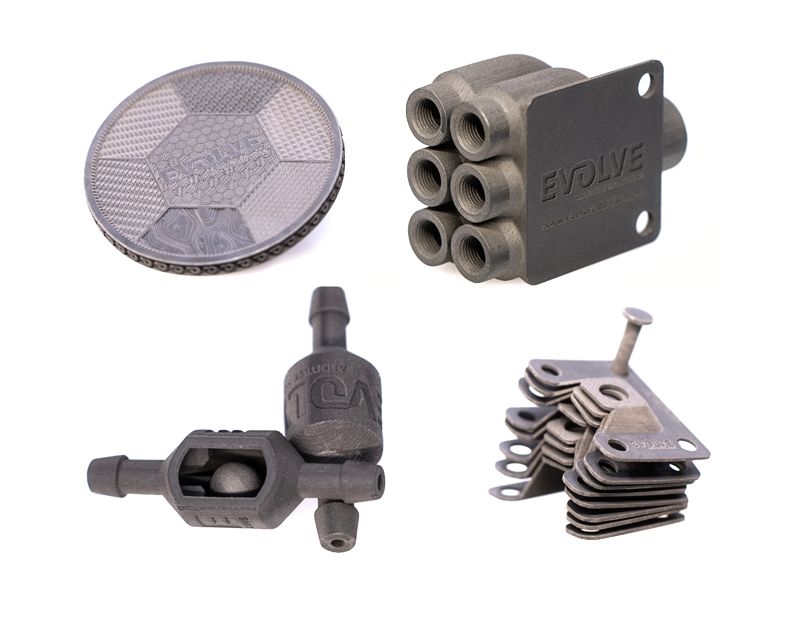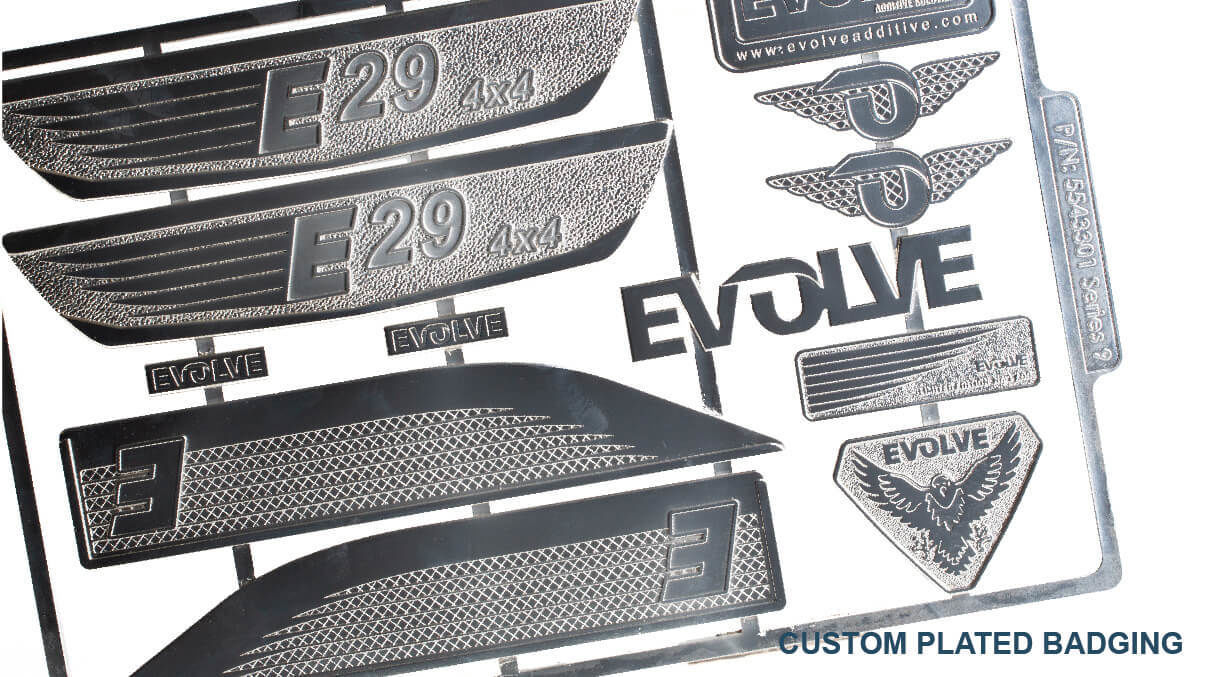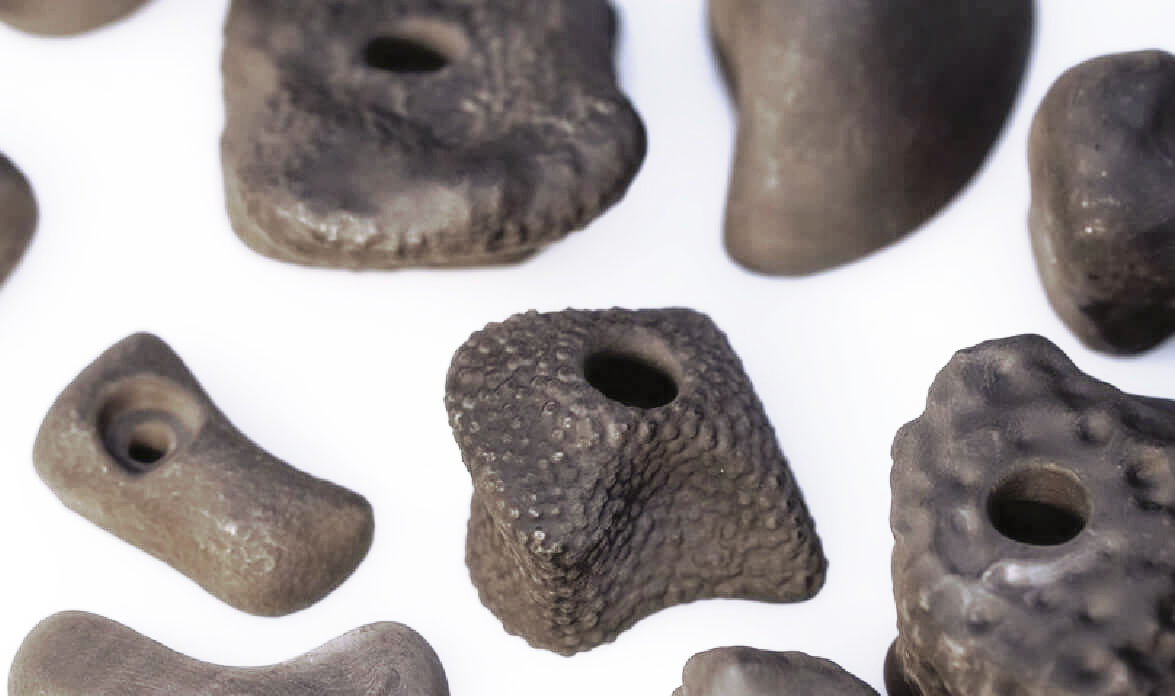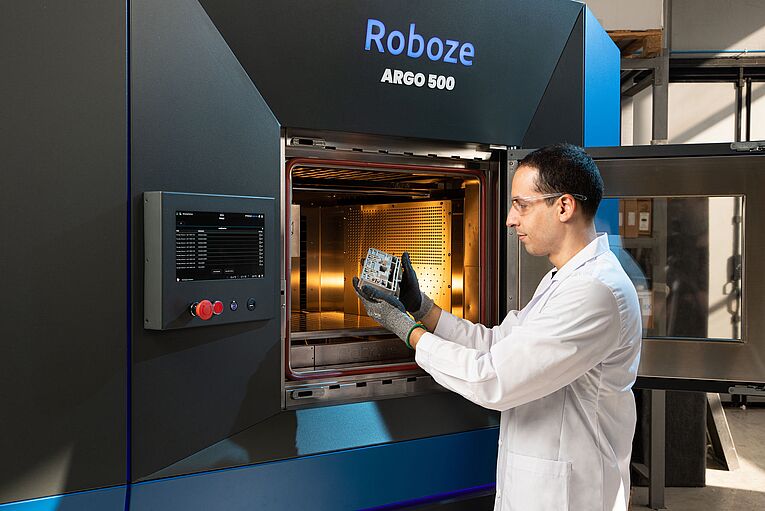The alignment and fusion steps feature a total of six motion control axes: two that control the speed and tension of the transfer belt, and two each for horizontal and vertical movement of the build plates. "Precise positioning and timing are critical for the stacking process," says Scott Albrecht, vice president of advanced control technologies at Hartfiel. "And the microsecond triggers and ripple compensation on B&R's ACOPOS P3 servo drives helped us achieve really great results."
Just like in injection molding, precisely controlled cycles of temperature and pressure are the key to ensuring consistent high quality results. "The B&R Automation PC 3100 gives us plenty of computing power to coordinate all the complex motion and temperature control tasks, while taking up very little space in the cabinet," says Albrecht.
A surface scanner checks for imperfections, which are then compensated by depositing more or less material at specific points when printing the next layer. The result is a fully dense part with consistent properties in all directions. "Our parts have an average surface roughness of only five microns," says Lees. "Normally that kind of finish might require sand-blasting, but thanks to the control precision we've achieved together with Hartfiel and B&R, we're able to do it with no post-processing at all."


